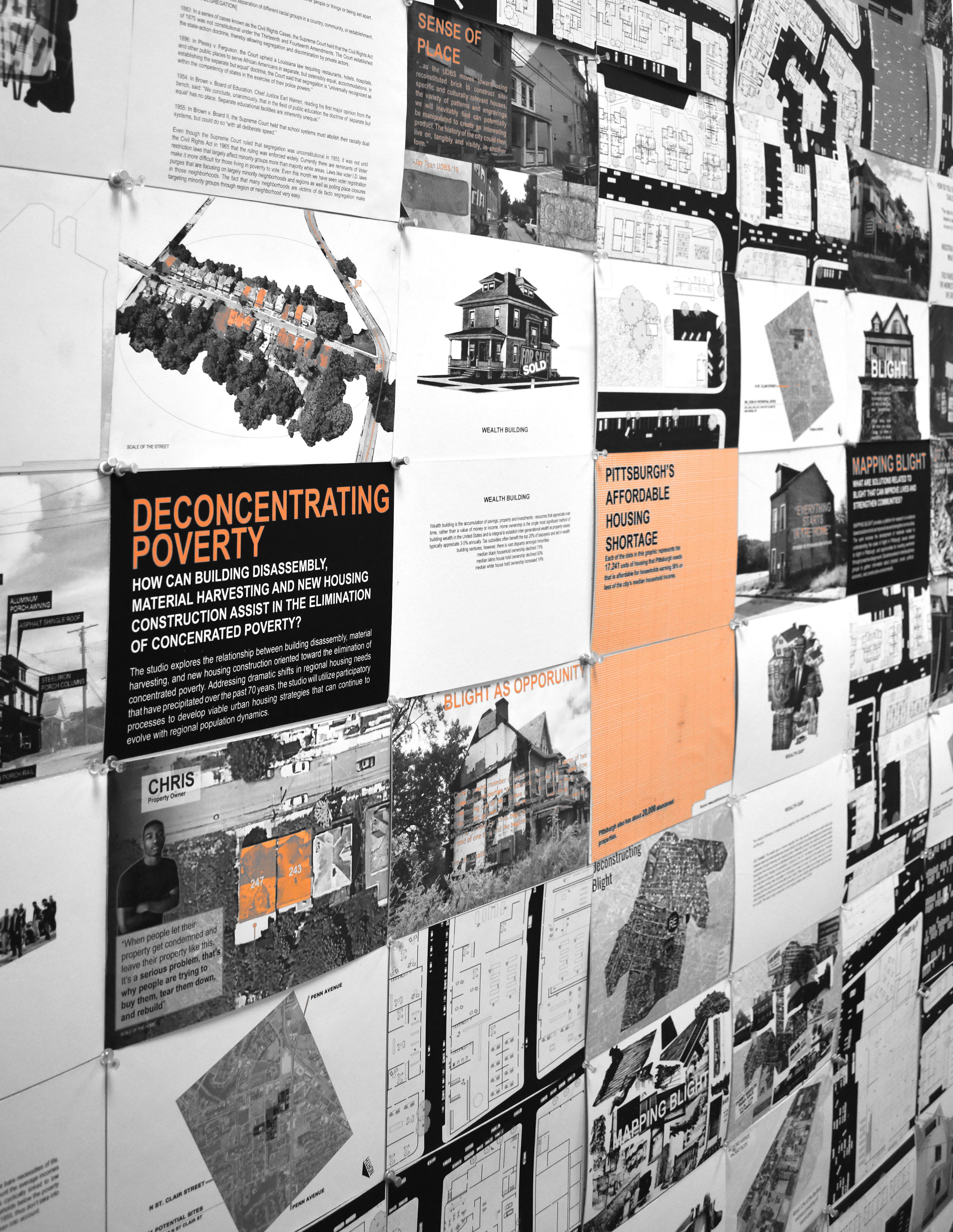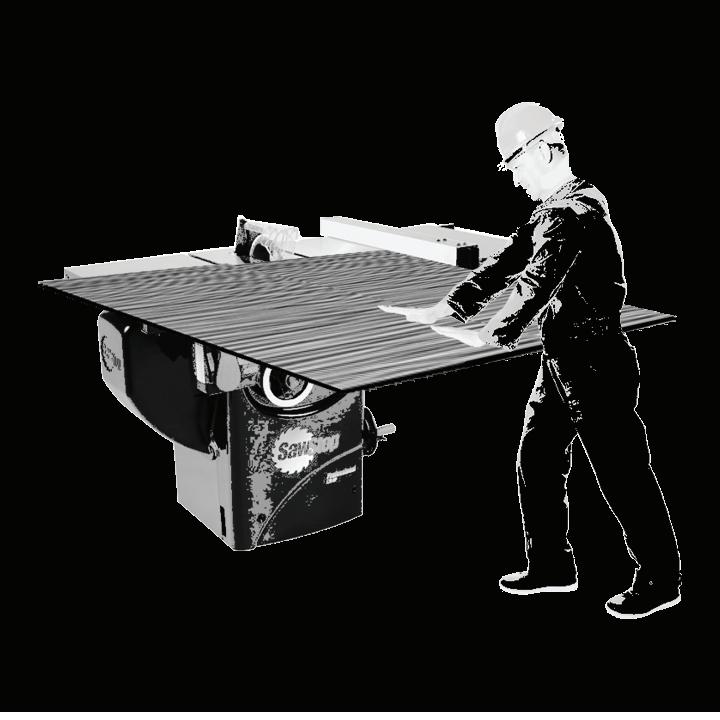
3 minute read
Project Summary
Location: Pittsburgh, PA Wall Insulation: R40 assembly IECC Climate Zone: 5A Floor Insulation: R30 assembly Lot Size: 2,433 ft² Roof Insulation: R60 assembly Building Size: 2,485 ft² (3 stories) Window Spec.: R6.25 wood, thermally broken, Low-E, triple-pane Occupancy: Single Family HVAC Spec.: Hydronic radiant floor heating, Construction Cost: $200.00 /ft² Renewaire EV90 ducted ERV Renewable Energy: 8.5kW photovoltaic system
Project Highlights
Advertisement
ENERGY PERFORMANCE. RE_CON 01 achieves a net zero energy through the implementation of passive design strategies, (insulation, ventilation, daylighting) and energy efficient mechanical systems (radiant floor heating, geothermal heat pump).
ENGINEERING. RE_CON 01 employs durable and highly efficient engineering systems that reduce energy consumption and life-cycle costs. The radiant floor heating system paired with the geothermal heat pump and a PV array brings existing highly efficient systems into the housing market, pushing the market toward making this technology commonplace in new construction in Pittsburgh.
FINANCIAL FEASIBILITY. The influx of young tech professionals in East Liberty creates a market where an individual looking to buy a home often makes over $100,000 a year. This means that a household where one person works in the tech industry and the other makes the median income would be able to afford a $700,000 home. Preliminary cost studies indicate that RE_CON 01 can be constructed at a rate of $200 per square foot floor area, which is comparable to other development projects in the region of that scale. The housing program as a whole reallocates the profit from the home sales into an escrow fund that stabilizes the homes of existing low income residents.
RESILIENCE. The RE_CON Housing Initiative is designed to address economic and social resiliency. In support of the economic model, which leverages sales profit to support the greater community, the RE_CON 01 prototype can be replicated across many of the vacant parcels in East Liberty and the adjacent neighborhoods. The adaptable design, based on a kit of prefabricated components, can be assembled across a variety of site conditions. The site of RE_CON 01 has also been designed to collect runoff from the site. This reduces the site’s pressure on Pittsburgh’s combined stormwater and sewer system which often overflows in times of heavy rain.
ARCHITECTURE. The organization of the proposed RE_CON 01 home is designed to foster spaces for social engagement on the interior and exterior of the house and cultivate a lively and safe streetscape, connecting the house back to the community. The gable roof is derived from the context but has been adjusted for optimal PV energy generation, creating a third floor that is dynamic spatially.
OPERATIONS. RE_CON 01 has been designed to be easy to use. The chosen mechanical system provide occupant comfort while requiring little maintenance. A control panel for the user to monitor electrical loads will be installed in order to inform the buyer in ways that they can reduce their carbon footprint.
MARKET POTENTIAL. Investigations into comparable homes in this market has influenced the organization and detailing of RE_CON 01, which aims to presents buyers with expected quantity of space and improved quality of space. Comparable homes in the immediate neighborhood range in sales price from $550,000 to $700,000. Providing a home with minimal utility costs, that is easy to operate, and has a story embedded in the community through its conception makes this house fall at the peak of this range, $700,000.
COMFORT & ENVIRONMENTAL QUALITY. RE_CON 01 combines daylighting and cross ventilation with advanced efficient mechanical systems such as energy recovery ventilators and heat pumps to conserve energy without sacrificing visual comfort, thermal comfort, and air quality.
INNOVATION. RE_CON 01 is the first prototype of the RE_CON housing project. This project is designed for replicability, this creates a system that begins to reinvest in communities that have been historically damaged by disinvestment, reversing the Urban Decline Cycle by re-allocating money from market rate home sales into an escrow fund dedicated to stabilizing existing low income residents’ homes. Creating an environment for one to invest in their surrounding community through the purchase of their home creates an economic system that is able to sustain itself, rebuilding mixed income neighborhoods in areas that had been suffering from concentrated poverty.








